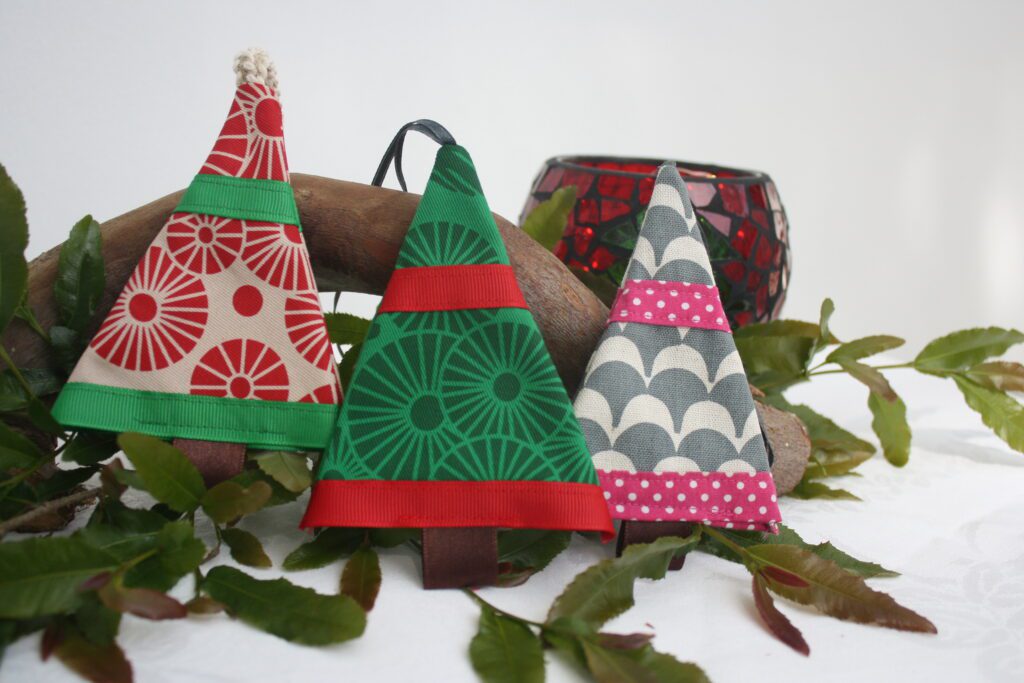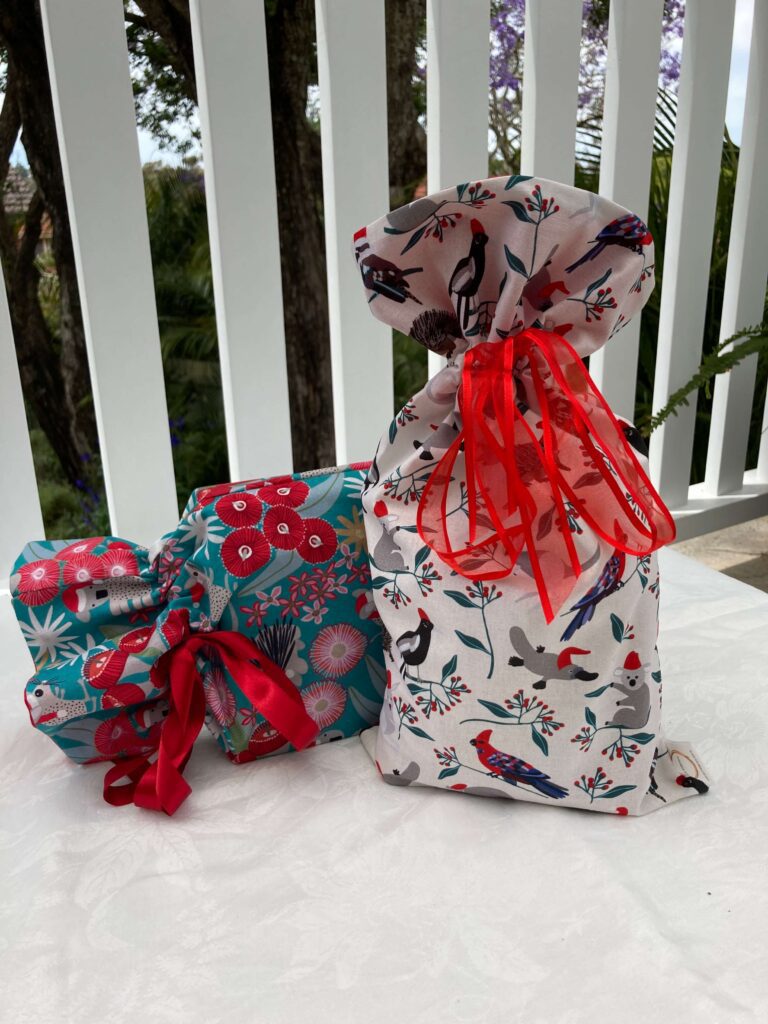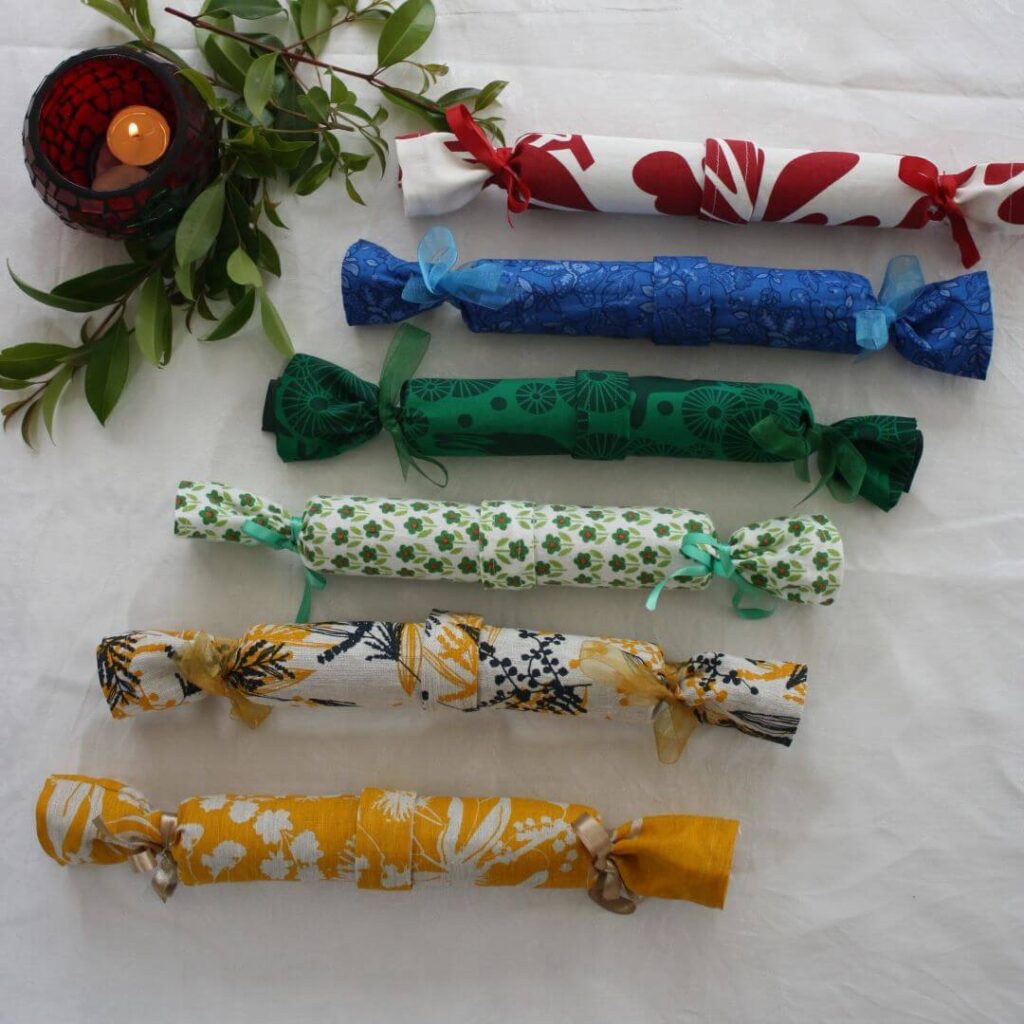Cracking the code for a waste free Christmas
A Sustainability Journey
A Sustainability Journey
This article was contributed by Eco Interiors.
Who doesn’t love Christmas? Family, food and fun! But Christmas can be a time of real excess, and it is hard not to feel overwhelmed by the waste produced in most households on Christmas Day. Don’t like the waste, but don’t want to ruin the fun? Never fear, you don’t have to become a ‘Green Grinch’, here are some tips to help you enjoy a more sustainable Christmas without losing the festive spirit.
The tree: Real vs Fake – which is better? There are differing opinions on this question but one thing is for sure – if you already have an artificial tree, keep using it!! Throwing it out just to get a cut tree is not going to help the planet. If you don’t already own an artificial tree then cut trees are probably a better option. Although chopping down a tree might seem counter intuitive for the eco conscious, Christmas trees are farmed specifically for chopping down at Christmas time and those that are cut down are replaced. The trees sequester carbon, filter the air, provide homes for wildlife and can be fully recycled / biodegrade at the end of their life1 (check with your local council that they aren’t just dumping them in landfill though!), and although there are transport miles involved, they are most likely fewer than for an artificial tree.
If you do decide to buy an artificial tree be sure to consider the following; shop around and invest in a high quality tree you can use for many years, alternatively, buy a second hand tree. Also remember artificial trees don’t have to be made from plastic there are some incredibly beautiful minimalist wooden trees available now that pack down to small sizes.
It is also worth thinking outside the box and considering a few other options that are often overlooked. Try a living tree – this is a fantastic choice if you have the space to keep it throughout the year. It is a great option for young families – buying a tree that grows just as your family grows gives it added value by creating an emotional connection and family tradition. Get crafty and make your own tree – jump on Pinterest and get a few ideas – there are trees made from old ladders, found wood and simple beams. Or get arty and draw your own Christmas tree on cardboard or butcher’s paper and stick it to the wall!
Decorating: Just as important as the tree itself is what goes on it! Traditional tinsel is best avoided as it is made from plastic polymer (usually pvc) – it is not recyclable and sheds small pieces into the environment. There are a number of paper and fabric chain alternatives available on the market these days or you could make your own. Make sure you use led lights and again buy good quality ones that will last for years not just this season. When buying ornaments for you tree, plastic is best avoided, aim for high quality wooden, glass or natural fabric ornaments that you will love reusing from year to year. Shopping at your local artisan market is a great way to find unique handcrafted pieces that you will treasure for years to come. Keep an eye out especially for decorations that are made from materials that would otherwise be deemed as rubbish, such as Eco Interiors fabric decorations made from small textile offcuts.

Gift Giving: The best way to ensure you don’t buy senselessly at Christmas is to start early and shop consciously, this way you can spend some time thinking about the sort of present that is suited to each person and compose a list that is considered. Don’t be afraid to ask your nearest and dearest if there is something in particular, they would like. Your local artisan or craft market is once again a fabulous place to find unique high-quality gifts and you will also be supporting local small businesses. Consider giving a gift that gives – a donation to an appropriate charity in the recipient’s name is a lovely gift for someone who has everything. Experiences are another great alternative to material objects but, often the best gifts are those made by you – taking the time to make someone a present (even something as simple as a batch of biscuits) shows them they are worth your time, something that is precious to all of us in today’s fast paced world!
Now that you have the perfect present, think about how you wrap it. It’s estimated Australians throw out 150,000 km of wrapping paper every Christmas2. Surely there is a better way?! Well, yes there is. Try the Japanese art of Furoshiki, using a large piece of fabric to wrap a present. There are lots of tutorials online, fabric adds an extra layer of beauty and can be used over and over again. If you don’t have the time to master the art of Furoshiki, you can also use reuseable gift bags. Finally, if you decide to use wrapping paper, make sure it is paper and can be recycled (not foil or coated paper). Better still unwrap your present carefully and reuse the paper next year! Make it a family competition – my husband’s present has been wrapped in the same piece of paper for 4 years!

Gift Receiving: Not everyone will feel comfortable telling others what they want for Christmas, but if it is appropriate, do! There is nothing worse than receiving, or buying, a gift simply because someone felt they needed to get you something, but didn’t know what. And if there is nothing you want, suggest a donation to charity in your name.
Now you have the Christmas Tree and presents sorted it’s time for the main course!
We all know about the mountains of food that appear on Christmas Day. Who hasn’t groaned from over eating and lay down for an afternoon nap?! It it is well worth thinking about the amount of food that ends up on the table and then potentially in the bin. According to a Kitchen Aid survey 9 out of 10 Australians throw out 25% of their Christmas food!3 Think back to previous Christmases – do you end up throwing food out? If the answer is yes then reassess this year how much you put on the table in the first place, cutting back a little will go unnoticed by your guests but can make a huge difference to the planet.
Think of all the things you place on the table, and consider is this going to go in the bin? Can I replace it with something that won’t? For example, paper napkins swapped for linen napkins, and how about your Christmas Crackers? There is nothing like the pop and crack of pulling a bon-bon! But store bought Christmas crackers are a huge source of waste. Apart from the cracker itself, they are usually filled with plastic trinkets that end up in the bin before the day is finished. This year, try making your own Christmas Crackers – they are quite simple to make, just look for a tutorial online, and the required ‘cracker snaps’ can be bought at most party / craft shops. The beauty of this option is that you can fill each cracker with whatever is appropriate for its recipient. If you don’t have time or the inclination to make your own crackers, or want to reduce your waste even further, then invest in a set of beautiful reuseable crackers. Fill them with personalised items and use them year after year!

So, the day is done and the clean up begins. Here are some top tips for ensuring your tidy up is as gentle on the planet as possible:
Finally make sure you pack up any artificial trees, decorations, reusable Christmas crackers and gift bags ready for use again next year.
Here’s wishing you a wonderful and waste free Christmas!
References:
2 https://www.choice.com.au/shopping/packaging-labelling-and-advertising/packaging/articles/recycling-at-christmas and https://nationalstorage.com.au/blog/christmas-waste-australia/ (original Medianet press release no long available)
This is an article from a SustainabilityTracker.com Member. The views and opinions we express here don’t necessarily reflect our organisation.